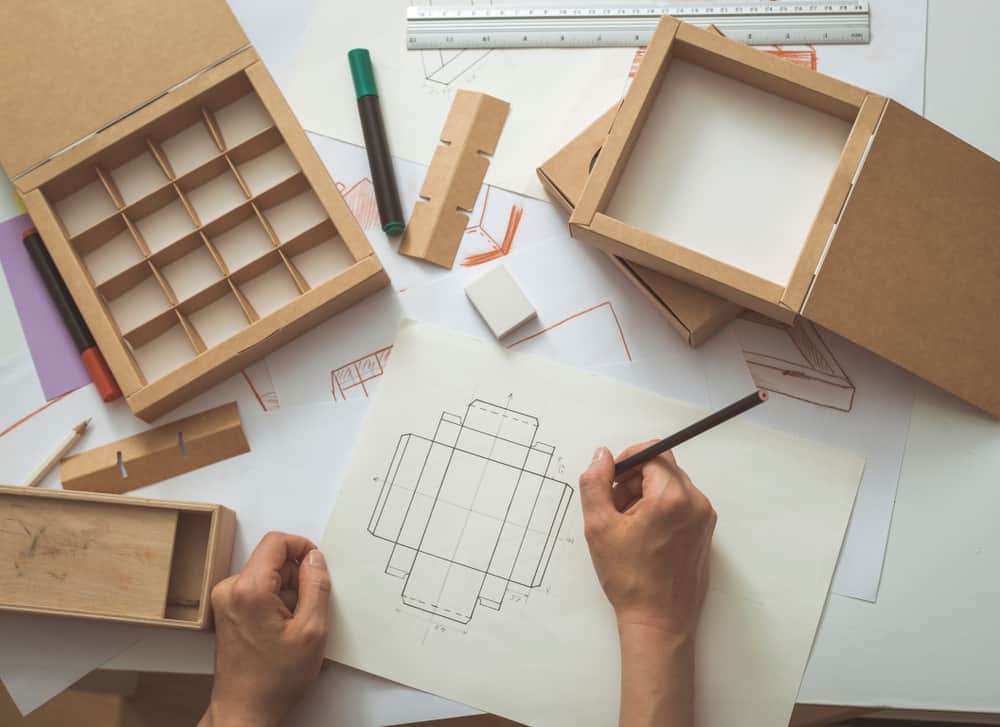What is the die-cutting process?
What is the die-cutting process? https://bloompack.com/wp-content/uploads/2022/10/5-1.jpg 1200 1013 BloomPack //bloompack.com/wp-content/uploads/2024/05/BLoomPack-New-Logo.png
What is the die-cutting process?
When it comes to packaging, the die-cutting process is the one that truly enables custom designs. For example, a box with a lid can be produced in any shape or size, which means you can cut any kind of detailed design into the surface. Even more impressive is what you can do with tabs and slots—you can make boxes open in ways that aren’t possible with traditional folding techniques.
The die-cutting process uses a variety of tools and techniques to achieve different results. They include blanking, drawing, forming on a curved surface, coining, and broaching. Die-cutting offers up many possibilities for true custom packaging that would otherwise be unattainable. watch a cutting die here.
While we typically think of die-cutting in relation to a few select types of materials, such as paper, plastic, or cardboard, the process encompasses a wide range of materials and techniques. The methods that fall under the umbrella of die-cutting are used to transform flat materials into intricate shapes and structures with myriad applications.
There are several ways this can be accomplished:
Blanking: Blanking generally refers to clipping or shearing flat material along its outer edge. This can be used to create uniformity in size or shape across a wide variety of materials. This technique is used in the production of packaging, labels, and tags.
Drawing: refers to pulling a substance to a particular length using pressure. It is often combined with blanking for use on curved surfaces and cylindrical shapes. It’s also useful for making rounded holes on flat surfaces known as coining.
Forming: It happens when the raw material is shaped on a curved surface. It is generally used together with your drawing to create cylindrical parts of your custom packaging.
Coining: With coining, circular holes are made in the material by adding pressurized force to them. This creates a very intricate look in packaging.
Broaching: Multiple rows of “teeth” are used to cut material that the steel die cannot otherwise cut using the broaching method.



